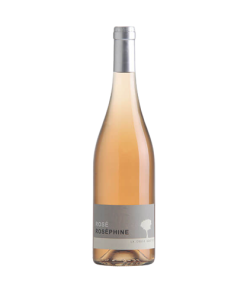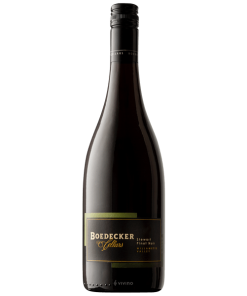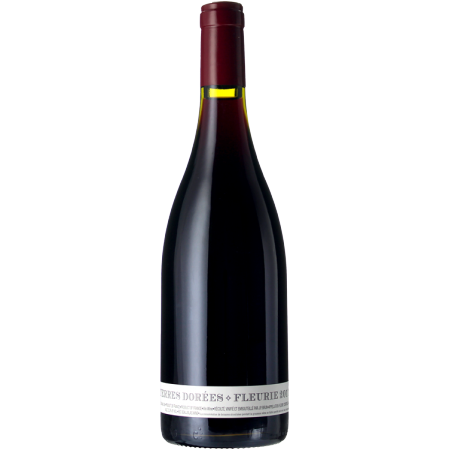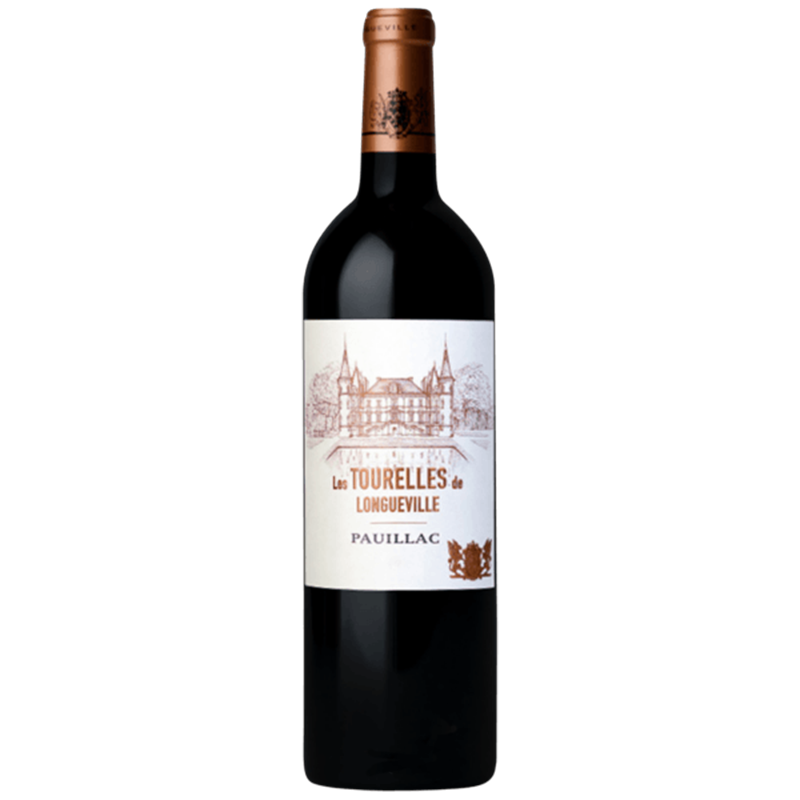-
×
 2023 Domaine La Croix Gratiot Rosephine Rose 750ML
1 × $16.99
2023 Domaine La Croix Gratiot Rosephine Rose 750ML
1 × $16.99 -
×
 2020 Francois Villard Condrieu De Poncins
1 × $87.00
2020 Francois Villard Condrieu De Poncins
1 × $87.00 -
×
 2017 Johanneshof Reinisch Thermenregion St. Laurent Ried Holzspur 750ML
1 × $76.99
2017 Johanneshof Reinisch Thermenregion St. Laurent Ried Holzspur 750ML
1 × $76.99 -
×
 2016 Domaine de L'Olivette Bandol 1.50L
1 × $60.20
2016 Domaine de L'Olivette Bandol 1.50L
1 × $60.20 -
×
 2017 Boedecker Cellars Pinot Noir Athena
1 × $37.99
2017 Boedecker Cellars Pinot Noir Athena
1 × $37.99 -
×
 2016 DOMAINE DE L'OLIVETTE BANDOL 1.50L
1 × $62.35
2016 DOMAINE DE L'OLIVETTE BANDOL 1.50L
1 × $62.35 -
×
 2012 Worthy Sophia's Cuvee
1 × $62.00
2012 Worthy Sophia's Cuvee
1 × $62.00 -
×
 2020 La Follette Los Primeros Pinot Noir
1 × $28.00
2020 La Follette Los Primeros Pinot Noir
1 × $28.00 -
×
 2016 Carte Blanche Proprietary Red 750ML
1 × $159.99
2016 Carte Blanche Proprietary Red 750ML
1 × $159.99
2020 Jean-Marc Bernhard Pinot Blanc
$14.99
Out of stock
2020 Jean-Marc Bernhard Pinot Blanc
2020 Jean-Marc Bernhard Pinot Blanc Notes of ripe juicy pear and fresh lemon have an aromatic tinge of maple syrup on the nose. The palate brings out lemon that is both buffered and carried by testural yeastiness. It’s a gastronomic and very dry wine with lemon brightness and great refreshment.
Pinot Blanc
Pinot Blanc is a versatile white-wine grape variety used in the production of still, sparkling and sweet dessert wines. Although not the most glamorous member of the Pinot family, the variety has proven its worth in various regions, most notably Alsace in northeast France and the Alto Adige region of Italy. The variety is often regarded as Chardonnay’s understudy as it has a similar medium to full-bodied style of wine with good acidity, and responds well to oak maturation.
Pinot Blanc’s varietal characters include apple and almond, and sometimes a touch of smokiness, although – like Chardonnay – it is a palette for winemaker intervention, and flavors often depend on style. Pinot Blanc is a white mutation of Pinot Noir, with a smaller concentration of anthocyanins. In the vineyard, it is relatively fruitful variety giving reliable yields each growing season. Bunches of Pinot Blanc are tightly packed clusters creating vulnerability to various mildew diseases. Pinot Blanc’s spiritual home is arguably Alsace, where it is overshadowed somewhat by the region’s undoubted stars, Riesling and Gewurztraminer. Pinot Blanc wines from the region are typified by almond aromas, with a hint of spice. On the palate they show a range of apple flavors, usually at the floury and creamy end of the spectrum.
They may display some light mineral characteristics, but these are generally muted by the oak treatment favoured in the region. Sparkling Cremant d’Alsace wines, on the other hand, tend to be more crisp, often exhibiting a variety of nutty flavors. By a quirk of Alsace’s appellation laws, wines that are labeled as Pinot Blanc may in fact have an undisclosed proportion of Auxerrois, a similar grape variety which has slightly less acidity. Curiously, this rule does not apply to Auxerrois-labeled wines in Alsace.
In Burgundy, where the grape is thought to have originated, it is still permitted in many Grand Cru vineyards.The variety is also one of the little-seen varieties permitted in the Champagne blend, playing second fiddle to Pinot Noir, Chardonnay and Pinot Meunier. Outside of France, Pinot Blanc is planted widely in northwest Italy, where it is known as Pinot Bianco. Here, it is made in a lighter, crisper style that rarely sees any oak intervention, and is often blended with other varieties. Pinot Bianco is also used in the production of Italian sparkling wines: most notably Franciacorta, Italy’s answer to Champagne.”
Related products
Chateauneuf-du-Pape
2019 Domaine Berthet Rayne Chateauneuf-du-Pape Vieilli En Fut De Chene
$53.00
2019 Domaine Berthet Rayne Chateauneuf-du-Pape Vieilli En Fut De Chene 2019 Domaine Berthet Rayne Chateauneuf-du-Pape Vieilli En Fut De Chene Hints of sweetness, black fruits and herbs in tandem. Serious, intense and powerful – perfumes and textures from Mediterranean, weight, balance and potential. Whereas northern Rhône wines are produced primarily from Syrah, Viognier, Marsanne, and Roussanne, southern Rhône believes in more [...]
$23.00
2021 Jean-Pierre Large Morgon Les Delys 2021 Jean-Pierre Large Morgon Les Delys is aromatic with plenty of fruit and freshness, no excess tannins in this 100% Gamay wine. Enhanced by the age of the vines and the depth of the vineyard soil, Jean-Pierre’s Morgon boasts darker, more robust flavors than your typical Beaujolais Cru, and [...]
$147.00
2016 Nicolas Rossignol Volnay 1er Cru Santenots 2016 Nicolas Rossignol Volnay 1er Cru Santenots An extremely ripe yet not premature nose of menthol, plus liqueur and cassis aromas lead to very rich, indeed even opulent medium-bodied flavors that exude an abundance of palate coating dry extract on the velvety, powerful and coffee-infused finish of dramatic [...]
$126.00
2020 Jean-Claude Bachelet Chassagne-Montrachet 1er Cru Macherelles 2020 Jean-Claude Bachelet Chassagne-Montrachet 1er Cru Macherelles presents a finely tuned nose of citrus lemon, peach skin and touches of candle wax and crushed stone. The palate is clean and precise on the entry, then very smooth and harmonious, offering seductive peachy, mango notes. Not amazingly complex on the [...]
 2020 Francois Villard Condrieu De Poncins
2020 Francois Villard Condrieu De Poncins  2017 Johanneshof Reinisch Thermenregion St. Laurent Ried Holzspur 750ML
2017 Johanneshof Reinisch Thermenregion St. Laurent Ried Holzspur 750ML  2016 Domaine de L'Olivette Bandol 1.50L
2016 Domaine de L'Olivette Bandol 1.50L  2017 Boedecker Cellars Pinot Noir Athena
2017 Boedecker Cellars Pinot Noir Athena  2016 DOMAINE DE L'OLIVETTE BANDOL 1.50L
2016 DOMAINE DE L'OLIVETTE BANDOL 1.50L  2020 La Follette Los Primeros Pinot Noir
2020 La Follette Los Primeros Pinot Noir  2016 Carte Blanche Proprietary Red 750ML
2016 Carte Blanche Proprietary Red 750ML 

